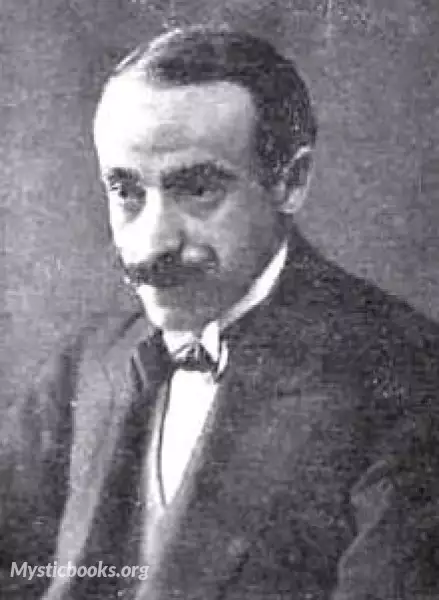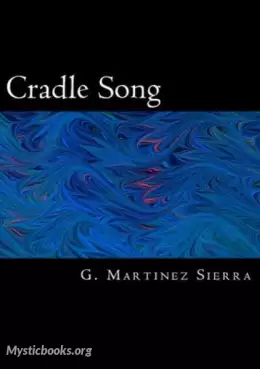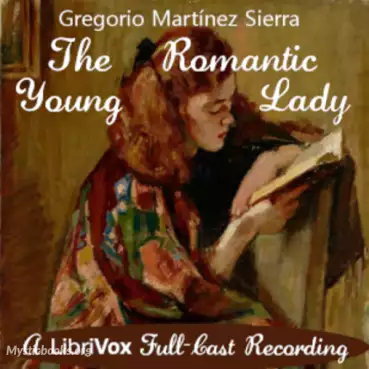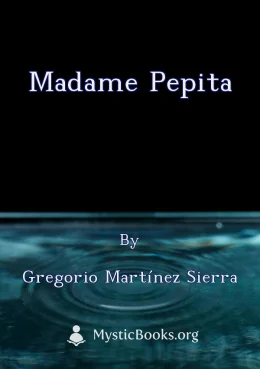
Timeline
Title
Country/Nationality
Gregorio Martínez Sierra
Gregorio Martínez Sierra was a Spanish writer, poet, dramatist, and theatre director, a key figure in the revival of the Spanish theatrical avant-garde in the early twentieth century.
Martínez Sierra's literary career began at the age of 17 with the publication of El poema del trabajo ('The Poem of Work', 1898), a volume of poetry in the modernist style. His subsequent books of poetry included Diálogos fantásticos ('Fantastic Dialogues', 1899), Flores de escarcha ('Frost Flowers', 1900) and La casa de primavera ('The House of Spring', 1907).
As a playwright, Martínez Sierra was one of the few progressive dramatists whose productions achieved any measure of commercial success at the time of their composition.His major works include La sombra del padre ('Shadow of the Father', 1909), Primavera en otoño ('Spring in Autumn', 1911), Sólo para mujeres ('For Women Only', 1913), Mamá ('Mama', 1913) and El reino de Dios ('The Kingdom of God', 1916). Canción de cuna ('Cradle Song', 1911), which has been called his "masterpiece", was popular across the Spanish-speaking world, and an English-language adaptation transferred to Broadway in 1927. Several of Martínez Sierra's plays were adapted into films, including Canción de cuna (as Cradle Song, dir. Mitchell Leisen, 1933).
The deft handling of female characters in Martínez Sierra's works has been attributed to the collaboration of his wife, the writer María Lejárraga. Since the publication of her memoir Gregorio y yo ('Gregorio and I', 1953), her authorship of many of his plays has been increasingly recognised by scholars.
Martínez Sierra's influence was largely as a publisher and director. Through his publishing house, Renacimiento ('Rebirth'), he translated the work of William Shakespeare, Maurice Maeterlinck and Santiago Rusiñol, and introduced the work of European playwrights including George Bernard Shaw and Luigi Pirandello to Spain. The authorship of the translations published under Gregorio's name belongs undoubtedly to his wife, María Lejárraga, who was fluent in several languages (French, English, Italian, Catalan, Portuguese) and she had published translations under her own name before, after and during her attachment to him.
In 1917 he was appointed Director of Madrid's Teatro Eslava and remained there until 1925, transforming the venue into Spain's first Art Theatre. Amongst a series of Spanish and foreign playwrights whose work he produced "in a new, forward-looking style", it was at Martínez Sierra's invitation that Federico García Lorca created and staged, at the Eslava, his first play, El maleficio de la mariposa ('The Curse of the Butterfly'), in 1920.
Books by Gregorio Martínez Sierra

The Cradle Song
The Cradle Song is a reminiscence of Maria's youth in Carabanchel, a town in which her father was convent doctor and where her sister took the veil, the Sister Joanna of the Cross of the play. [Martinez] has paused to probe some universal passion or...

The Romantic Young Lady
Rosario is reading a sentimental novel, A Spring Romance. "Into a life may come visions and phantoms, envoys and heralds of the true love that still delays... But on that divine night, when...." Suddenly, a tremendous lightening flash, a burst of thu...

Madame Pepita
In the bustling city of Madrid, Madame Pepita, a renowned dressmaker with a hidden past, finds herself at the center of an intricate web of relationships. With an inherited fortune and a beautiful daughter, Catalina, she attracts the attention of num...